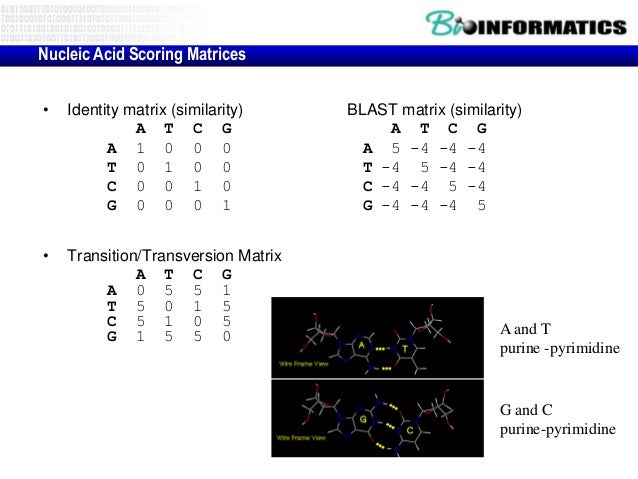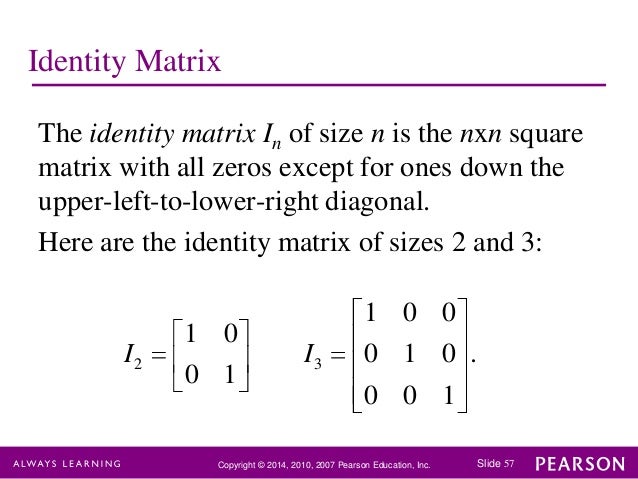

Iprodione concentrations from turfgrass 1 h following application using ELISA averaged 371.3 μg g −1 turfgrass, whereas GC/ECD averaged 151.2 μg g −1. The ELISA results were compared to fungicide concentrations obtained using gas chromatography/electron capture detection (GC/ECD). Both fungicides were applied to creeping bentgrass ( Agrostis stolonifera L.) turfgrass maintained under fairway conditions. Our objective was to modify Horiba SmartAssay ® ELISA kit procedures to increase their efficiency and practicality for analyzing iprodione and chlorothalonil from large numbers of turfgrass samples. Modification of existing commercially-available enzyme-linked immunosorbent assays (ELISA) for analyzing fungicide concentration on turfgrass would allow for more direct research of fungicide fate under varying environmental conditions. Repeated fungicide applications are often required for successful management of diseases on golf course turfgrass. Pappu, Washington State University, Pullman, USA for critical reading of the manuscripts. Xanthi developed severe necrotic lesions on inoculated leaves at 15–18 dpi, followed by systemic necrotic lesions on subsequent leaves as well as greenish Acknowledgmentįinancial support from ICAR-World Bank funded National Agricultural Innovation Project (NAIP), Component-4 is thankfully acknowledged. N. benthamiana developed systemic mosaic and mottling at 12–13 dpi. Sap-inoculated leaves of Nicotiana glutinosa produced severe necrotic local lesions at 3–4 days post inoculation (dpi). Host reaction to TMV-SoyIn is summarized in Table 1. Sap inoculation of TMV-SoyIn to soybean produced systemic puckering symptoms. The virus isolate (TMV-SoyIn) was established and maintained in the greenhouse by sap transmission to Nicotiana benthamiana. Symptomatic leaves of soybean were collected from an experimental field of the Indian Agricultural Research Institute (IARI), New Delhi in December 2010 and the association of tobamovirus-like particles was confirmed by electron microscopy (EM) and ELISA with the polyclonal antibody (PAb) developed against the Frabgipani mosaic virus (FrMV) (Kumar, 2013). In the present study, we report the biological and molecular characterization of a new strain of TMV (TMV-SoyIn) in soybean from India. So far, no genome sequence information is available for any of the soybean infecting strains of TMV. The soybean infecting strain of TMV from Yugoslavia (TMV-S) was partially characterized based on host reactions, serological assay and particle morphology whereas, the Iranian strain was identified based on enzyme linked immunosorbent assay (ELISA) with antiserum to the common strain of TMV (Golnaraghi et al., 2004). However, TMV infecting soybean has been reported only from Yugoslavia and Iran (McDaniel et al., 1995, Golnaraghi et al., 2004). Soybean ( Glycine max), an important grain legume and is infected naturally by several viruses but rarely by TMV (Sutic et al., 1999). The genome of TMV is a positive sense ssRNA of 6395 nucleotides (nt) long (Goelet et al., 1982). The virion is rod-shaped, 18 nm in diameter, and 300–310 nm in length with a distinct central axial canal (Zaitlin and Israel, 1975). The virus is naturally transmitted through contact and no insect vector is known. Tobacco mosaic virus (TMV), a type member of the genus Tobamovirus was first reported from the Netherlands by Adolf Mayer in 1886 (Mayer, 1886) and is distributed world-wide. This is the first report of a TMV-strain infecting soybean in India. Results indicated that the virus associated with soybean crinkle was an isolate of TMV as the present isolate had 94.4–99.7% sequence identity with known TMV isolates. To confirm the virus identity, the 3′ end of the genome containing the movement protein gene, coat protein and the 3′ untranslated region of the virus isolate was sequenced (1494 nucleotides JQ895560). The host reactions revealed that the present isolate was different from the previously described TMV strain of soybean (TMV-S) from Yugoslavia.

In the electron microscope, tobamovirus like particles were observed in soybean leaves and also in the other inoculated host plants. Xanthi, followed by systemic necrotic spots on subsequent leaves as well as greenish mosaic symptoms on the top leaves. It produced puckering symptoms on inoculated soybean cultivars, JS-20-30 and JS 93-05, and severe necrotic spots on inoculated leaves of Nicotiana tabacum cv. A new strain of Tobacco mosaic virus (TMV) was isolated from soybean ( Glycine max) in India (TMV-SoyIn).


 0 kommentar(er)
0 kommentar(er)
